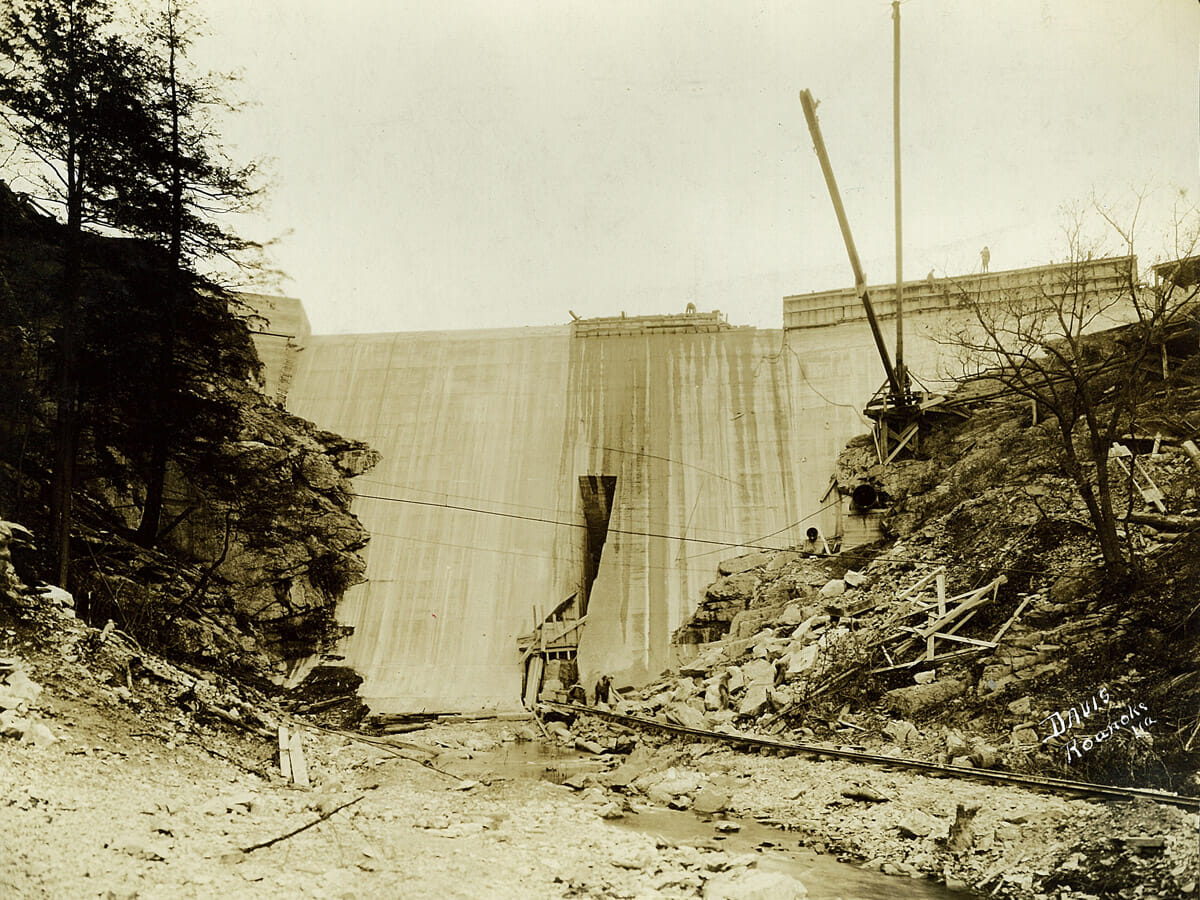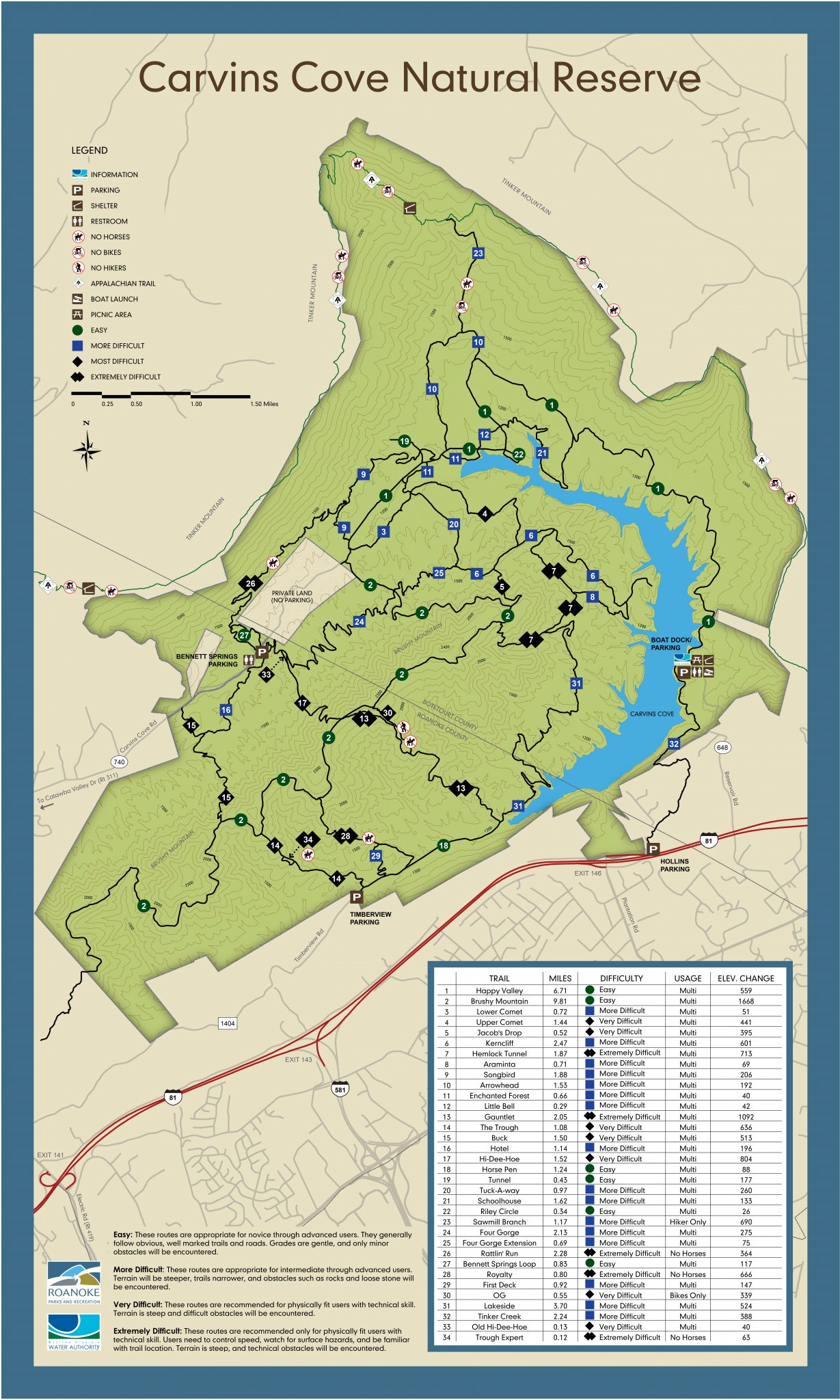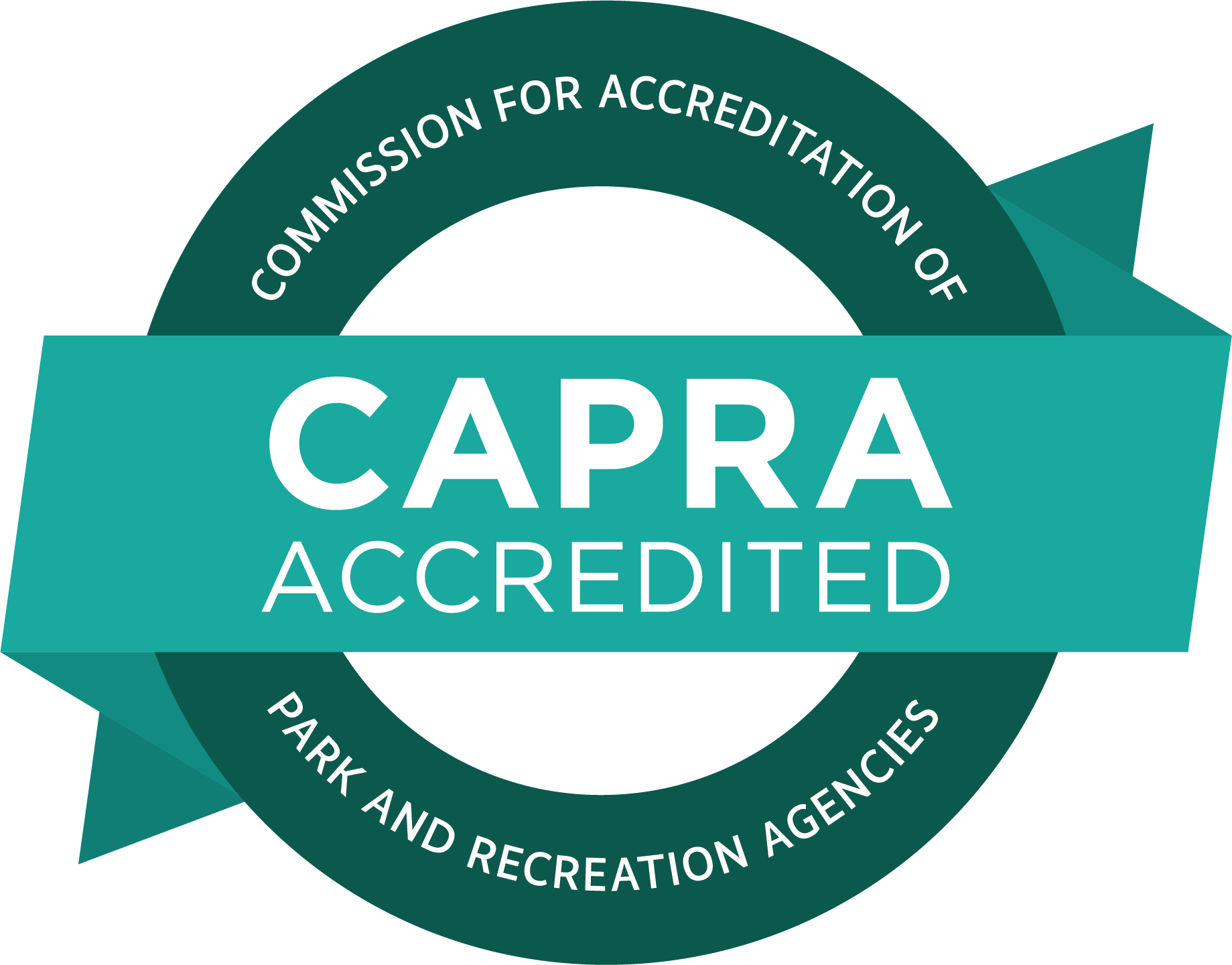GETTING THERE:
Carvins Cove Natural Reserve has three parking lot entrances: the Boat Landing at the Reservoir, Bennett Springs, and Timberview. Each parking lot is conveniently located within a 10-15 minute drive of downtown Roanoke. Once you arrive, you will have to pay for parking and use.
- Individual/Vehicle Passes:
$7 per car daily/$50 per vehicle yearly (includes land use and use of personal kayaks, SUP, non-motorized or non-trailered boats) - Equestrian Trailer Pass:
$10 daily/ $75 yearly - Personal Boat with Trailer Pass:
$12 daily/$100 yearly
Passes are required for anyone over the age of 16. Visitors who are age 15 or under must be accompanied by a parent or guardian.
Individual/Vehicle passes and Equestrian Trailer passes can be purchased online at Reservations, Passes, & Permits, in-person at the office at the Boat Landing, or with cash or check at the payment drop boxes located at the Bennett Springs and Timberview parking lots. Debit and credit cards are only accepted online. Boating passes must be purchased in-person at the office at the Boat Landing.
1. BOAT LANDING PARKING LOT
Head to the Boat Landing Parking Lot if you want to access the water and trails on the Hollins side of Carvins Cove. The boat dock parking lot closes at dark and is locked overnight, so please do not park your car here if you plan to stay in the park after dark. For more information about certain restrictions concerning reservoir use and hours, please contact the Western Virginia Water Authority at 540-362-1757. Amenities include: Picnic Tables, Restrooms, Boat Rentals, Security Personnel and Parking. Address: 9644 Reservoir Road, Roanoke, VA 24019
GOOGLE MAP
2. BENNETT SPRINGS PARKING LOT
If you’re looking for Carvins Cove’s extensive mountain biking, hiking or equestrian trails, then the Bennett Springs Parking Lot is the right access point for you! Travel along Route 311 to find the Bennett Springs Parking Lot. You’ll have access to nearly 60 miles of trails. Amenities include: Parking, Trail Conditions Signs, Bike Fix Station, Restrooms. Address: 4300 Carvins Cove Road, Salem, VA 24153
GOOGLE MAP
3. TIMBERVIEW ROAD PARKING LOT
This parking lot is tucked at the junction of Horsepens Trail and Trough Trail at Carvins Cove. Access Timberview Road Parking Lot via Dutch Oven Road. Address: 3399 Timberview Road, Roanoke VA 24019.
GOOGLE MAP



